Are you facing the frustrating issue of your Rinnai hot water heater not working, with no error code to guide you? We understand how inconvenient this can be. Fortunately, there are troubleshooting steps you can take to resolve the problem and restore your hot water supply. From hot water cycling between hot and cold to the water heater turning off despite water still flowing, we’ll explore common problems and provide a troubleshooting guide to help you fix your Rinnai hot water heater without an error code.
Key Takeaways:
- Experiencing a Rinnai hot water heater not working without an error code can be frustrating.
- Troubleshooting steps can help identify and resolve common issues.
- Hot water cycling between temperatures and the water heater turning off are common problems.
- Checking water flow rate, outlet water temperature, and maintaining the unit can minimize problems.
- If troubleshooting doesn’t work, contacting a professional may be necessary.
Common Causes for Rinnai Hot Water Heater Not Working
When your Rinnai hot water heater is not working, it can be frustrating and inconvenient. Understanding the common causes behind these issues can help you troubleshoot and resolve the problem more effectively.
Venting System Obstructions
One potential cause for your Rinnai hot water heater not heating could be an obstruction or blockage in the venting system. This can occur if the flue inlet or exhaust is blocked, preventing the proper flow of air and exhaust gases. To address this issue, you should check the vent components to ensure they are correctly connected. Additionally, make sure the vent length is within the limits specified by Rinnai and that the condensation collar is properly installed.
Gas Supply Issues
Another common culprit for a Rinnai hot water heater not working is an issue with the gas supply. This can include the gas not being turned on at the water heater or meter, obstructions in the flue outlet, or improper gas line sizing. To troubleshoot gas supply problems, first double-check that the gas type and pressure are correct for your Rinnai hot water heater. Additionally, bleed any air from the gas lines and verify that the dip switches are set correctly according to the manufacturer’s guidelines.
Electrical Connection Problems
Faulty electrical connections can also prevent your Rinnai water heater from functioning properly. Loose or damaged wiring harnesses can disrupt the flow of electricity, leading to operational issues. It’s essential to inspect the electrical connections and ensure they are secure and undamaged. If you find any issues, consult the wiring diagram in the Rinnai troubleshooting guide or seek professional assistance.
Flame Rod, Gas Solenoid Valves, and Burner Surface
Carbon build-up or debris on the flame rod, gas solenoid valves, or burner surface can also contribute to your Rinnai hot water heater not working. Over time, these components can become dirty or obstructed, affecting the ignition and combustion process. Regular inspection and cleaning of these parts can help address such issues and improve the overall performance of your Rinnai water heater.
If troubleshooting the above issues does not resolve the problem with your Rinnai hot water heater, it is recommended to consult the Rinnai troubleshooting guide or seek professional assistance. Proper maintenance and prompt troubleshooting can help ensure that your Rinnai hot water heater continues to provide reliable and efficient hot water for your household needs.
Importance of Regular Maintenance for Rinnai Hot Water Heaters
Regular maintenance is crucial for ensuring the optimal performance and longevity of your Rinnai hot water heater. By following a few simple maintenance tasks, you can prevent potential issues and enjoy consistent hot water throughout the year. Here are some essential maintenance tips:
1. Flushing the Water Heater: Periodically flushing your Rinnai water heater helps remove sediment and debris that can accumulate over time. This process ensures smooth water flow and prevents clogs, ultimately enhancing the heater’s efficiency and performance.
2. Cleaning the Inlet Water Supply Filter: The inlet water supply filter is responsible for catching any dirt or particles present in the water. Cleaning the filter regularly prevents blockages and improves water quality, resulting in better heating performance.
3. Checking Air Flow: Proper air flow around the unit and vent terminal is crucial for efficient heating. Inspect for any restrictions or obstructions that may hinder the heater’s performance. Clearing any debris or obstructions ensures optimal airflow and prevents overheating.
4. Inspecting the Heat Exchanger: The heat exchanger plays a critical role in heating the water. Regular inspection helps identify cracks, separations, or scale build-up that can affect the heater’s efficiency. Cleaning or flushing the heat exchanger as necessary maximizes its performance and extends its lifespan.
5. Verifying Sensor Resistance: Sensors, such as the outgoing water temperature sensor and combustion air temperature sensor, are essential for monitoring the heater’s operation. By verifying their resistance, you can identify any faults that may be affecting the heater’s performance and resolve them promptly.
6. Ensuring Proper Gas Pressure: Proper gas pressure is vital for ensuring a steady and reliable water heating process. It’s essential to follow the manufacturer’s recommendations and set the gas pressure accordingly. This helps prevent disruptions and ensures consistent hot water supply.
To visualize the importance of regular maintenance for Rinnai hot water heaters, take a look at the following table:
| Maintenance Task | Benefits |
|---|---|
| Flushing the Water Heater | Removes sediment and debris, improves water flow |
| Cleaning the Inlet Water Supply Filter | Prevents blockages, improves water quality |
| Checking Air Flow | Ensures efficient heating, prevents overheating |
| Inspecting the Heat Exchanger | Identifies issues, improves efficiency |
| Verifying Sensor Resistance | Prompt fault identification, optimal performance |
| Ensuring Proper Gas Pressure | Consistent hot water supply, prevents disruptions |
By incorporating these maintenance tasks into your routine, you can minimize the risk of encountering issues with your Rinnai hot water heater. Remember, regular maintenance not only helps avoid costly repairs but also ensures that your hot water heater performs optimally, providing you with reliable hot water whenever you need it.
Efficient and Reliable Hot Water with Proper Troubleshooting and Maintenance
Troubleshooting issues with your Rinnai hot water heater not working and no error code appearing can be resolved through a systematic approach. By identifying possible causes, such as obstructions in the venting system, gas supply issues, or electrical connections and components, you can pinpoint the problem more accurately.
Regular maintenance is key to ensuring the optimal performance of your Rinnai hot water heater. Flushing the water heater, cleaning the inlet water supply filter, and inspecting the heat exchanger are essential maintenance tasks that can help prevent potential issues. Following the manufacturer’s guidelines, such as the provided troubleshooting guide, is important in maintaining the efficiency and reliability of your Rinnai hot water heater.
If troubleshooting or maintenance tasks become overwhelming or you encounter persistent problems, it may be wise to seek professional assistance. Consulting with Rinnai experts or licensed technicians can provide you with expert advice and guidance, ensuring your hot water heater operates efficiently for years to come.
FAQ
How do I troubleshoot a Rinnai hot water heater that is not working and has no error code?
If your Rinnai hot water heater is not working and there is no error code displayed, there are several troubleshooting steps you can take. Some possible solutions include checking the water flow rate and outlet water temperature, flushing the water heater, and inspecting the condensate trap drain plug. If these steps don’t resolve the issue, it’s recommended to contact a professional for further assistance.
What are some common causes for a Rinnai hot water heater not working?
There are several potential causes for a Rinnai hot water heater not working. Some common issues include obstructions in the venting system, gas supply problems, and electrical connection faults. It’s important to ensure proper venting, check the gas supply and pressure, and inspect the electrical wiring and components. Consulting the Rinnai troubleshooting guide or contacting a professional can help identify and resolve these issues.
Why is regular maintenance important for Rinnai hot water heaters?
Regular maintenance plays a crucial role in ensuring the optimal performance and longevity of your Rinnai hot water heater. It helps remove sediment and debris, checks for proper air flow, inspects the heat exchanger for damage or scale build-up, and verifies the resistance of sensors. Proper maintenance reduces the risk of encountering issues and helps maintain the efficiency of your Rinnai hot water heater.
How can proper troubleshooting and maintenance ensure efficient and reliable hot water with a Rinnai hot water heater?
By following a systematic troubleshooting approach and performing regular maintenance tasks, you can ensure efficient and reliable hot water with your Rinnai hot water heater. Identifying and resolving issues such as obstructions, gas supply problems, or electrical faults, can help restore the heater’s functionality. Additionally, regular maintenance tasks like flushing the water heater and inspecting the heat exchanger can prevent potential problems and maintain optimal performance.
Source Links
- https://forum.heatinghelp.com/discussion/168017/rinnai-tankless-intermittent-hot-water-and-no-error-code
- https://media.rinnai.us/salsify_asset/s-061a1b18-bcd7-4102-a711-851bc43110f7/(R75LSi, R94LSi) U287-1819(00) VB2528, 2735 Indoor Tech Sheet.pdf
- https://www.plumbingzone.com/threads/rinnai-not-heating-no-codes.20355/
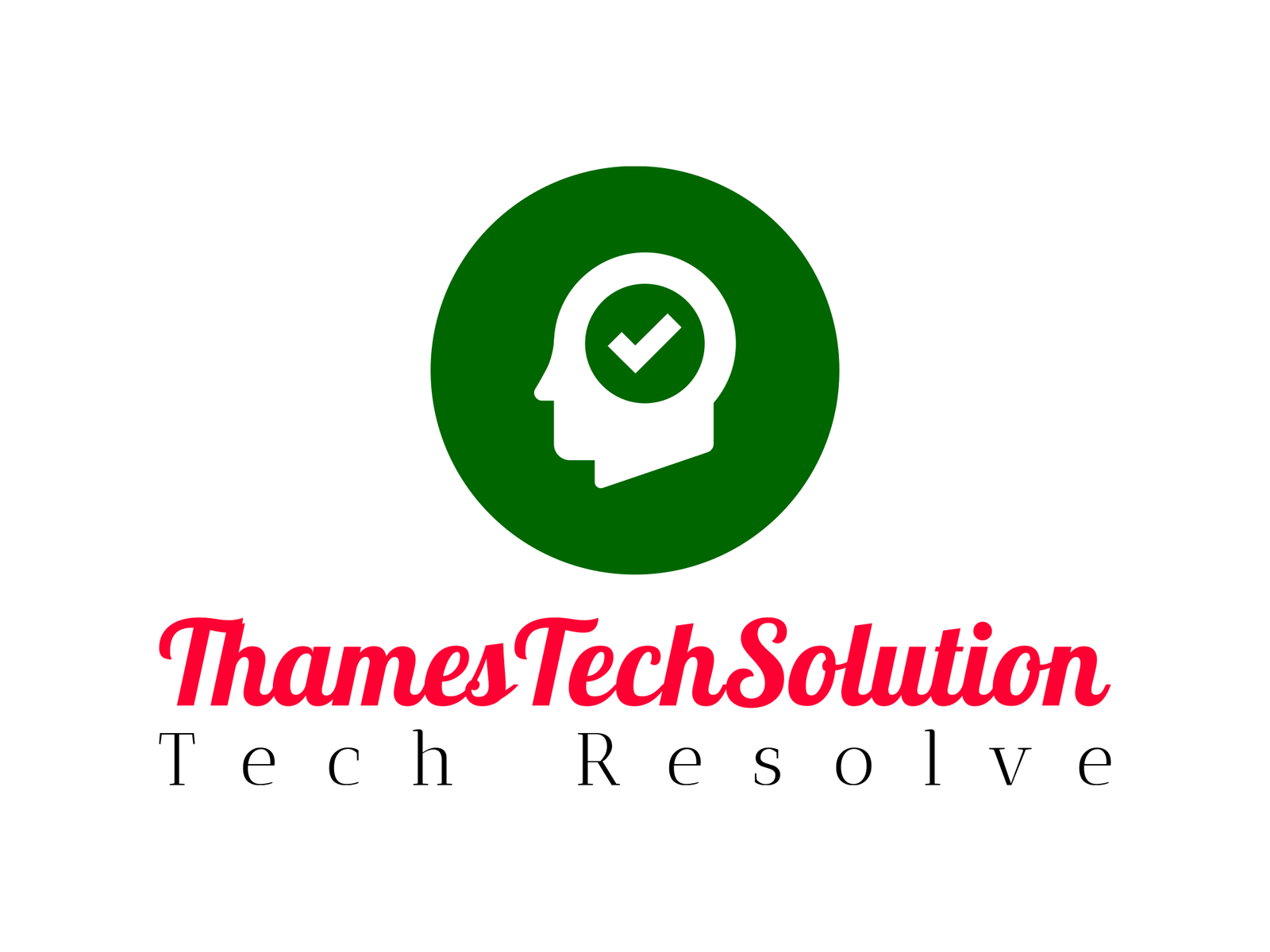
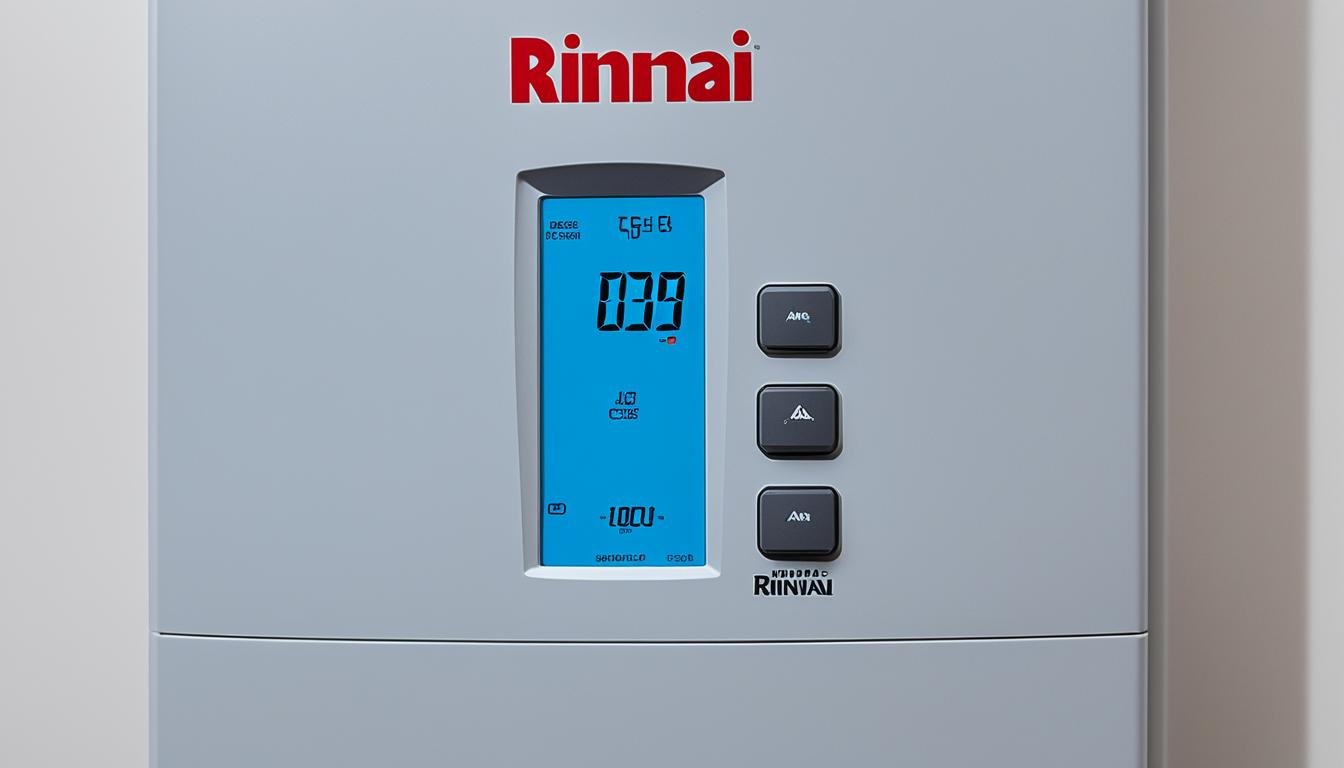
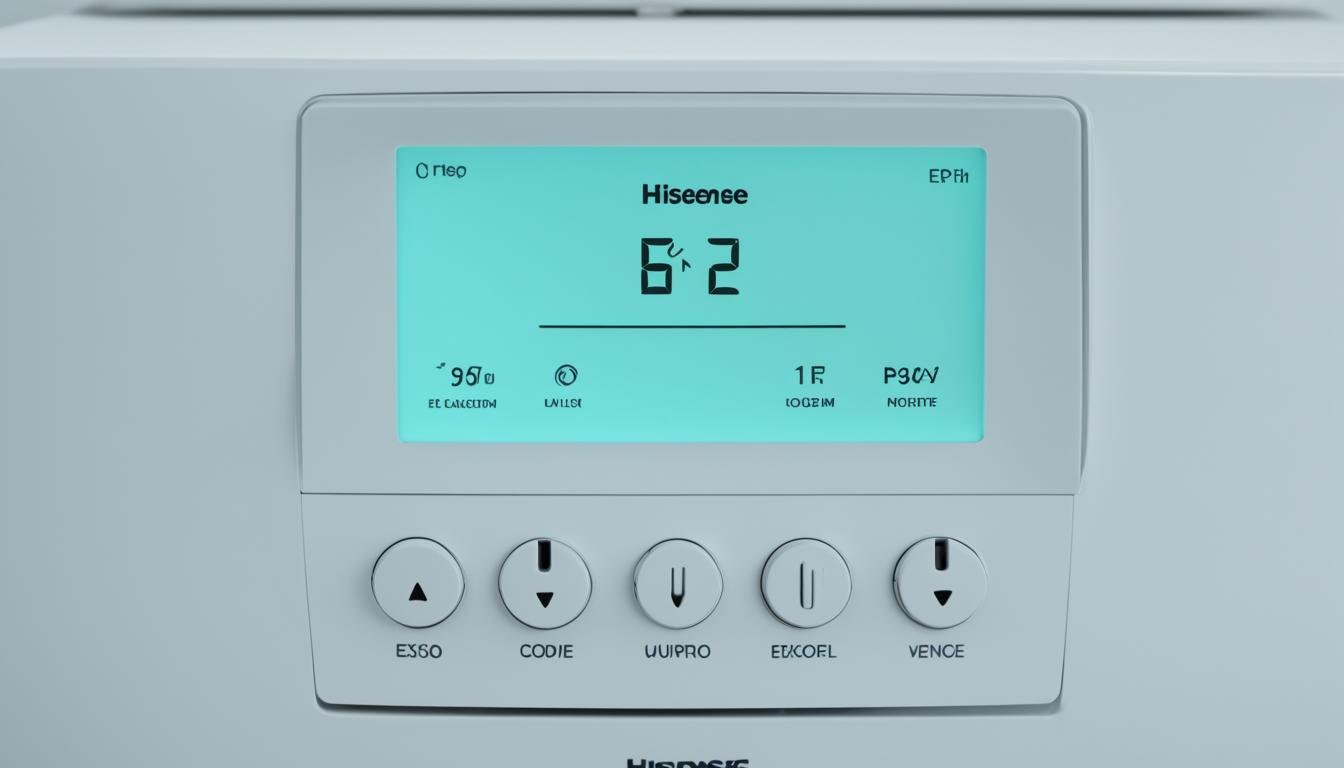
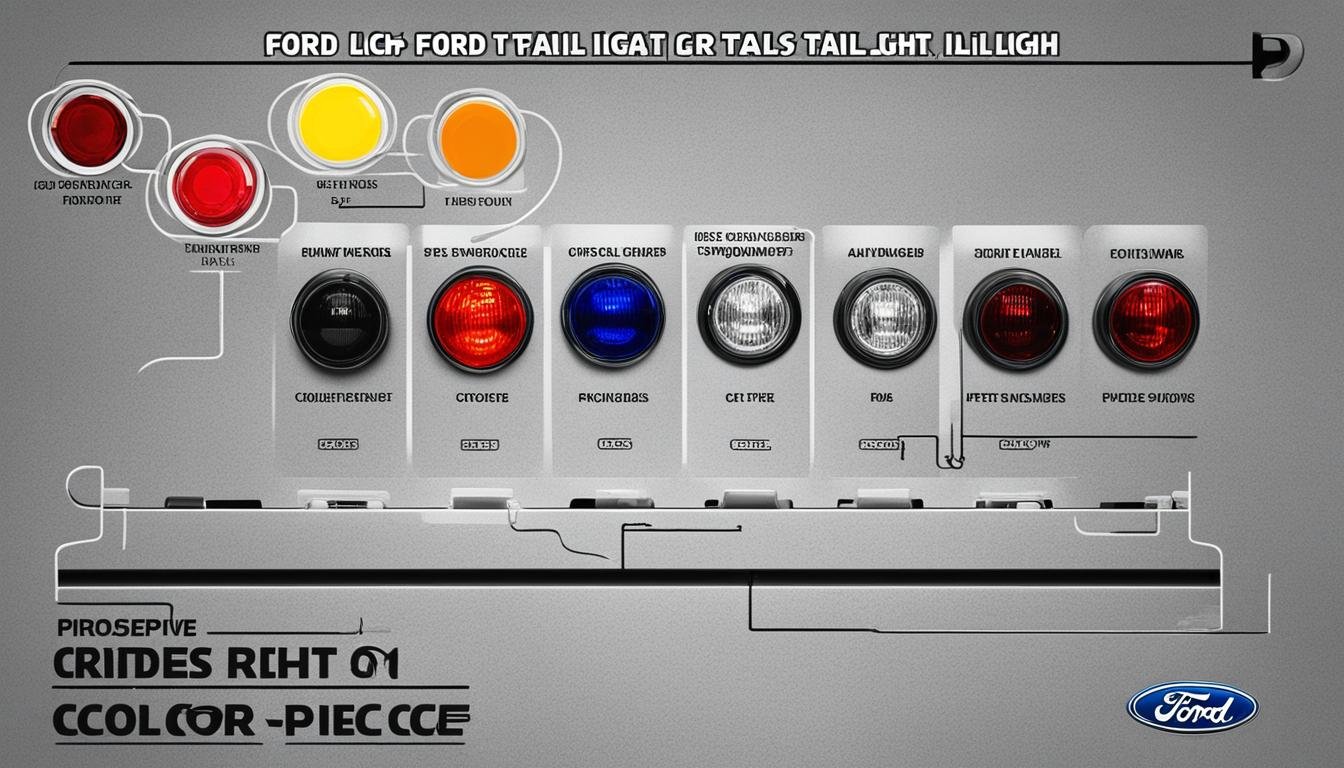
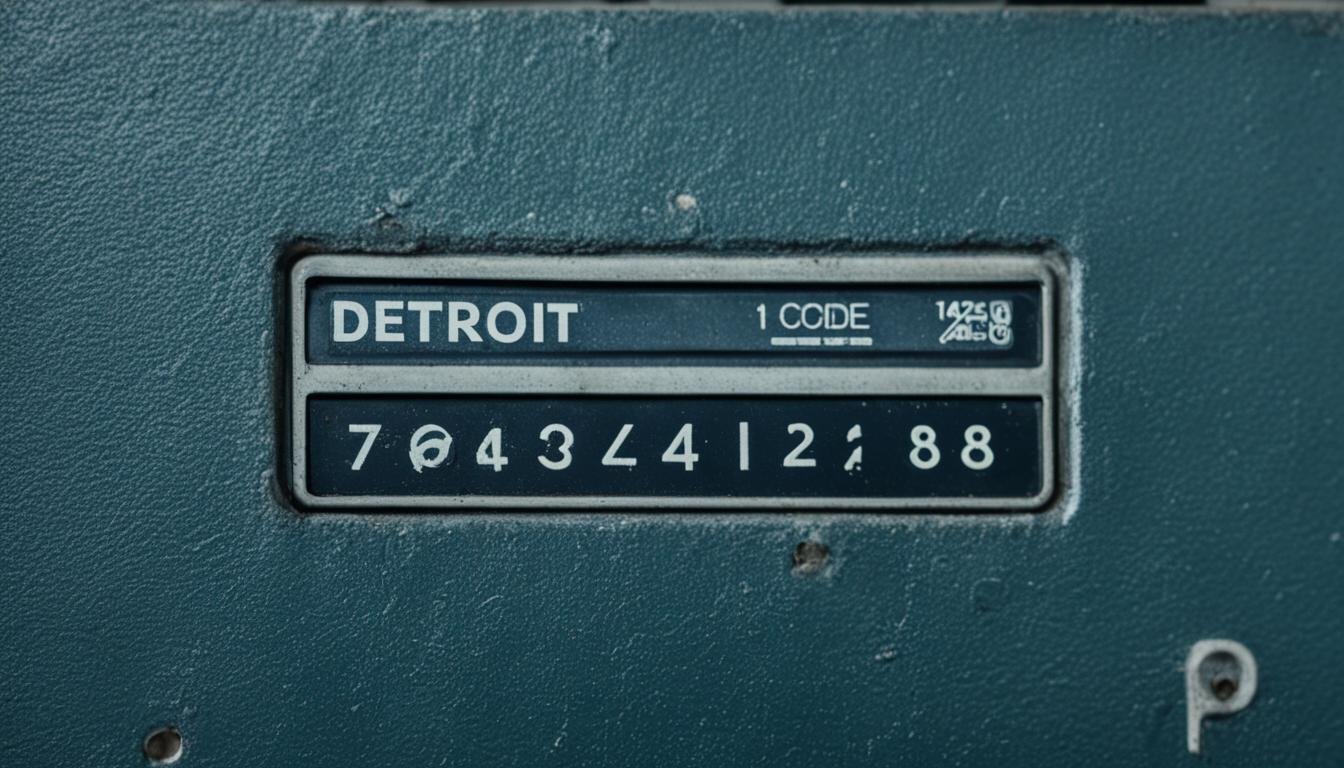

Leave a Reply